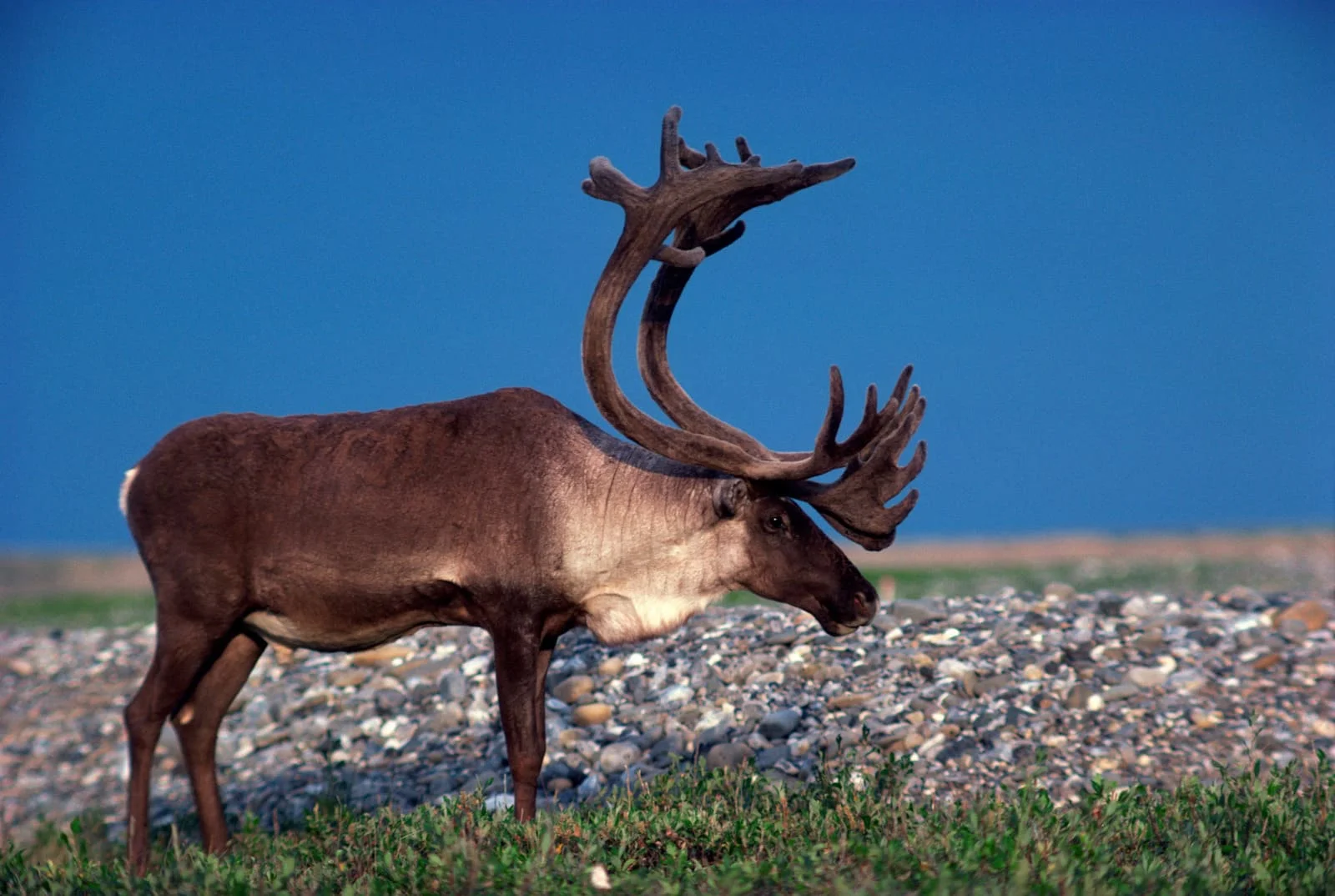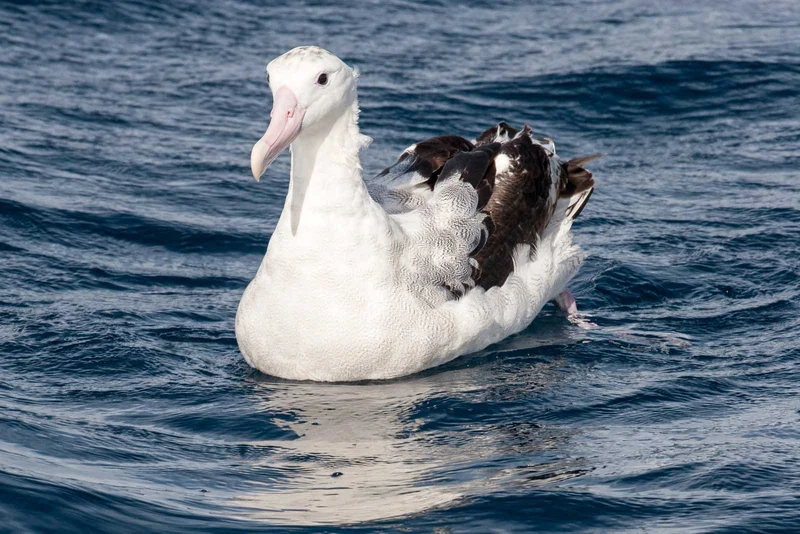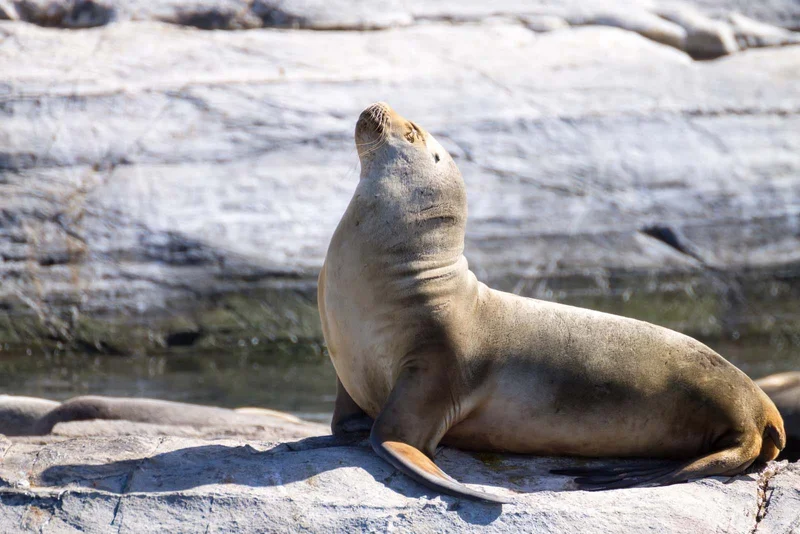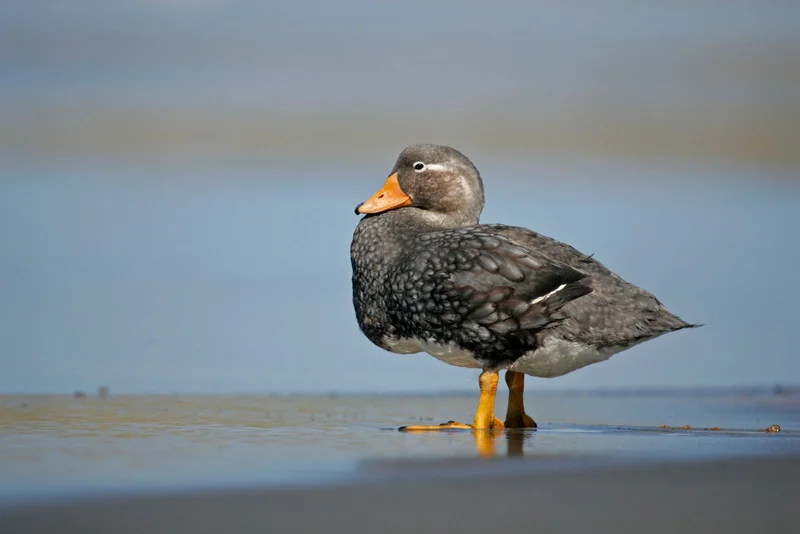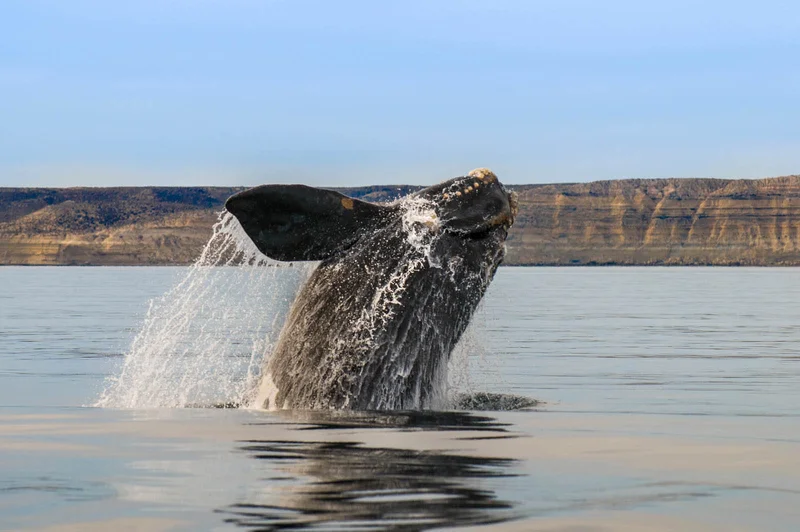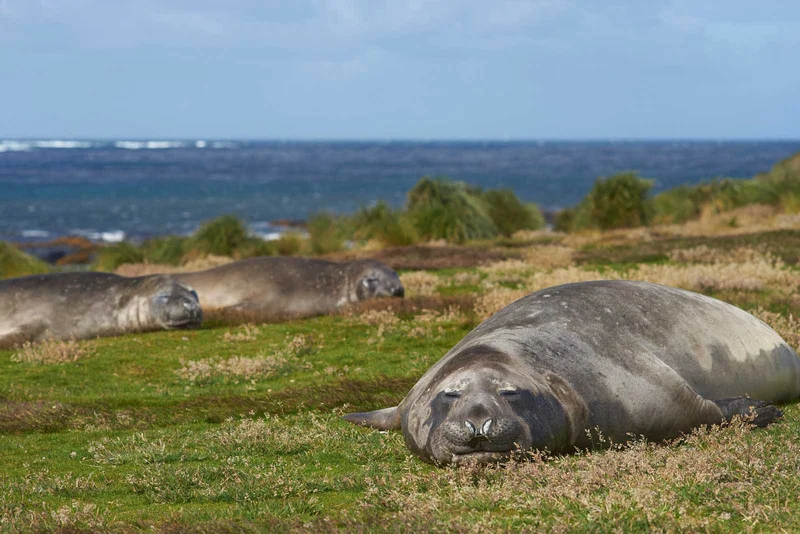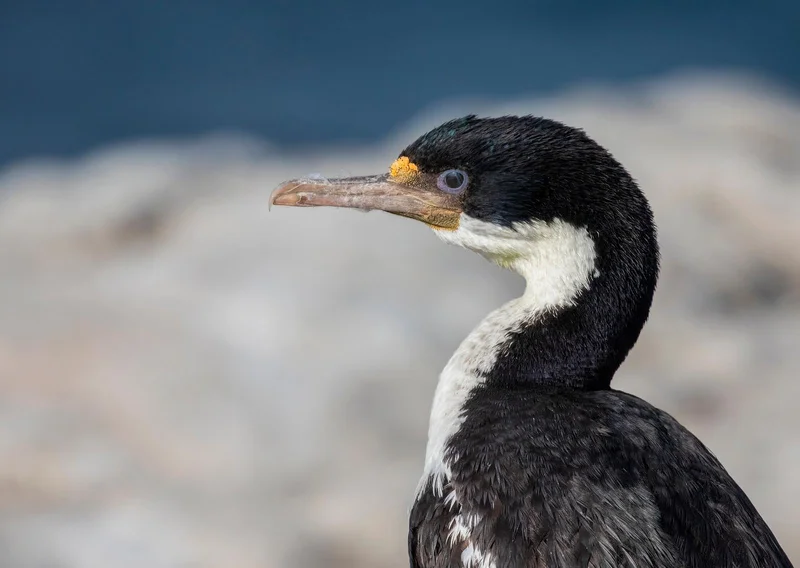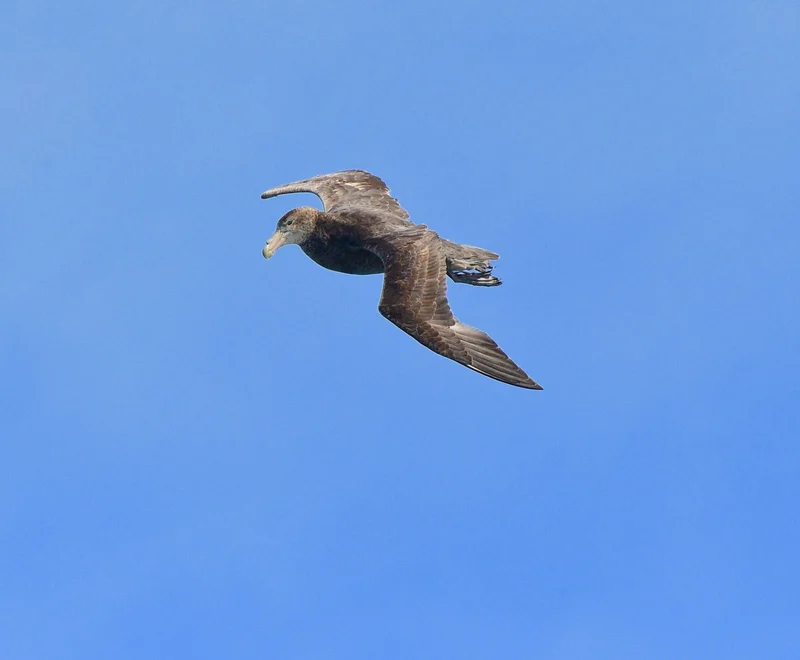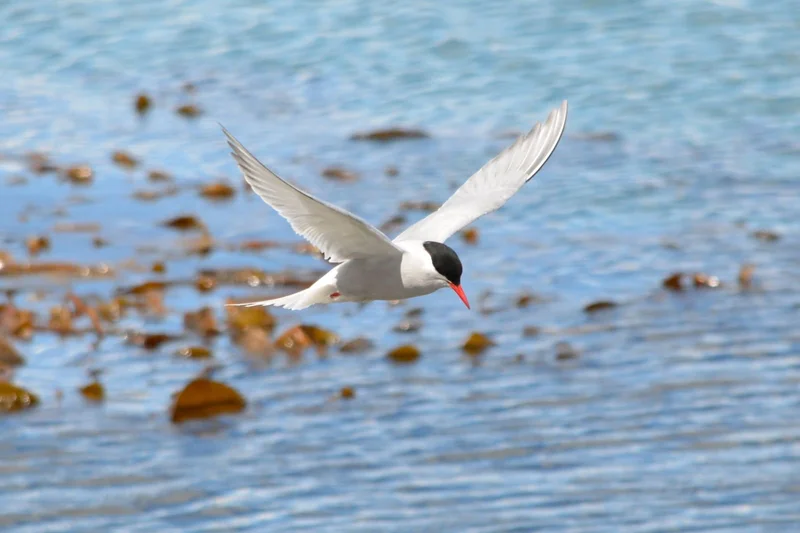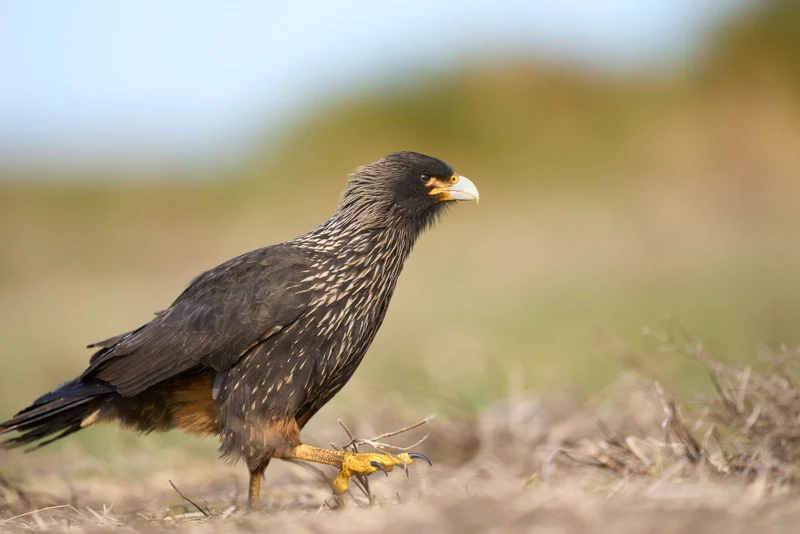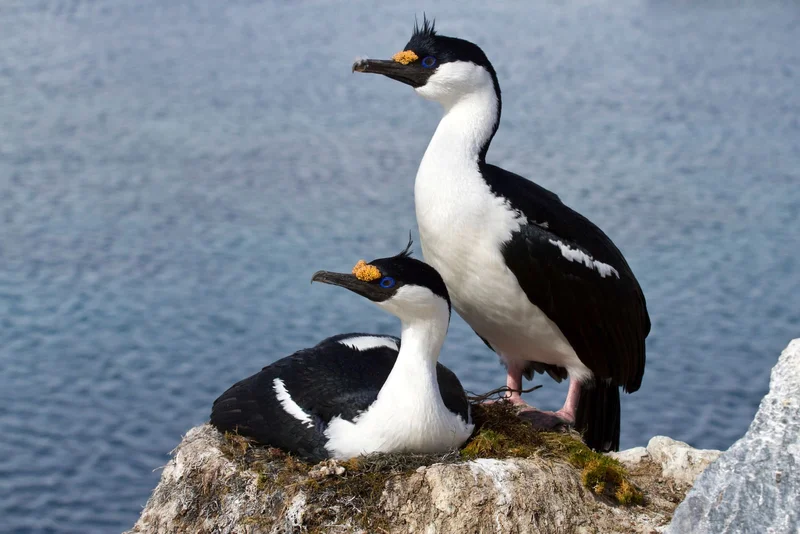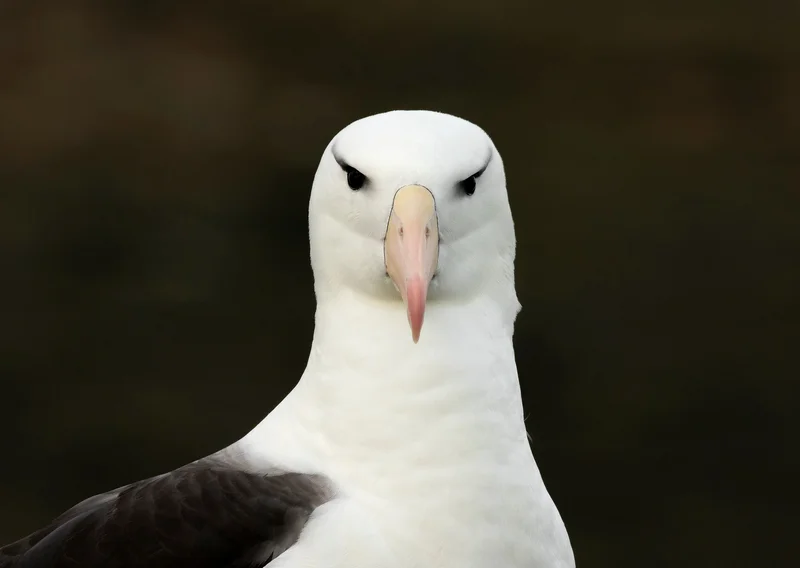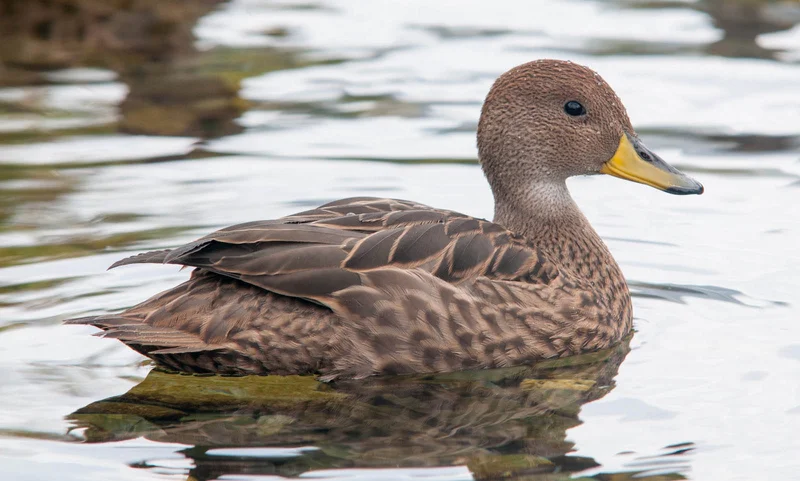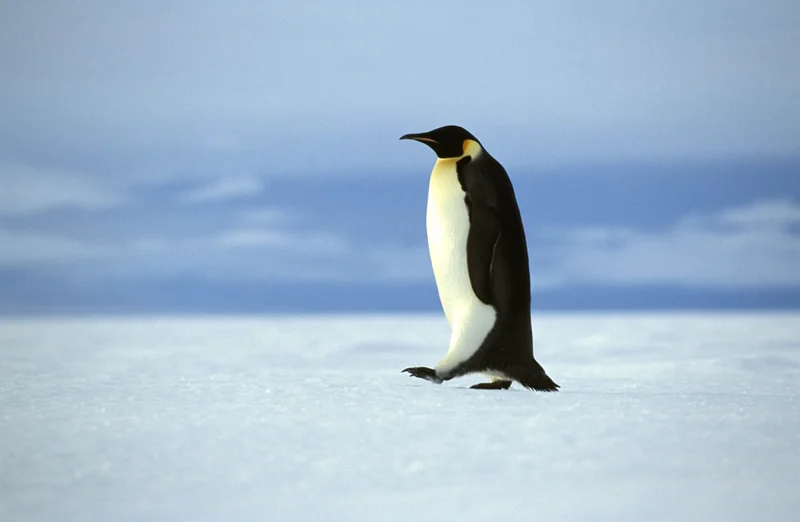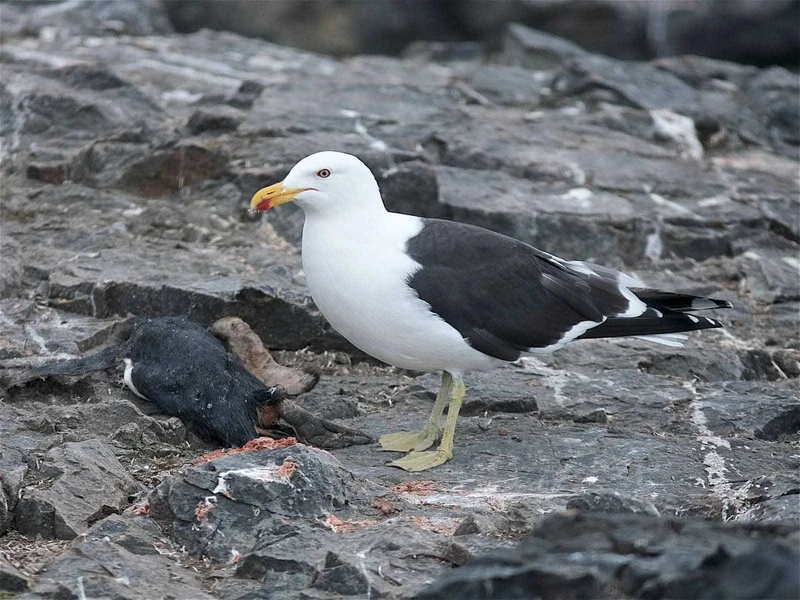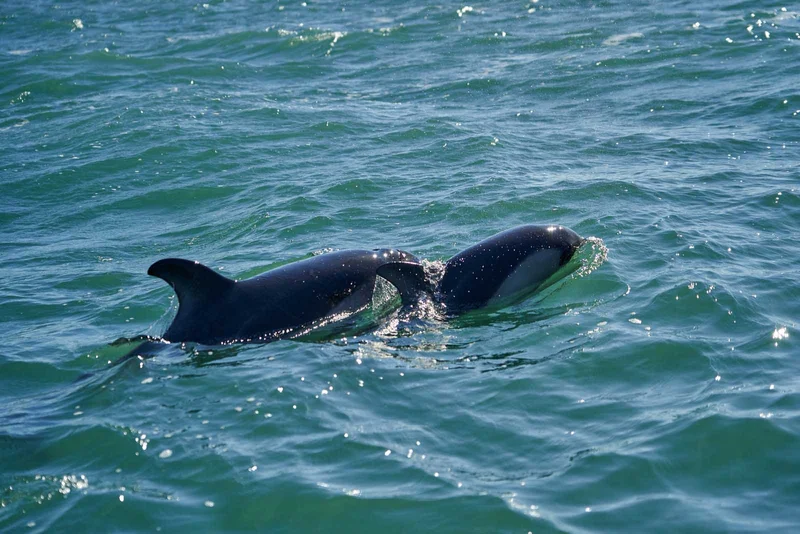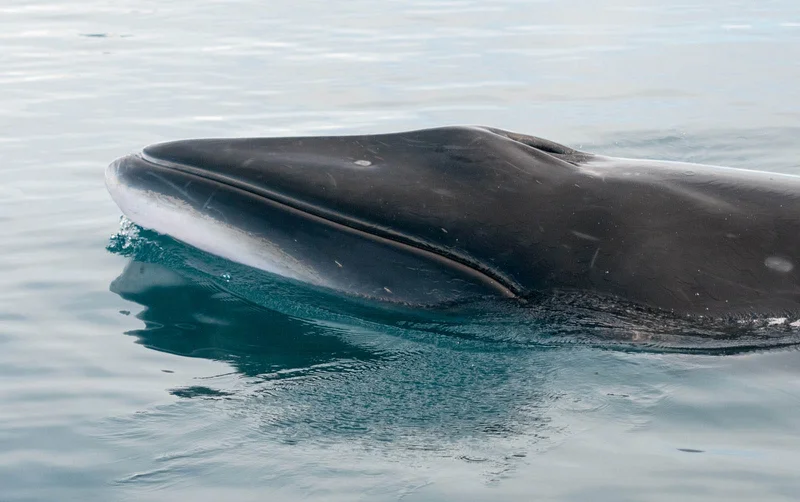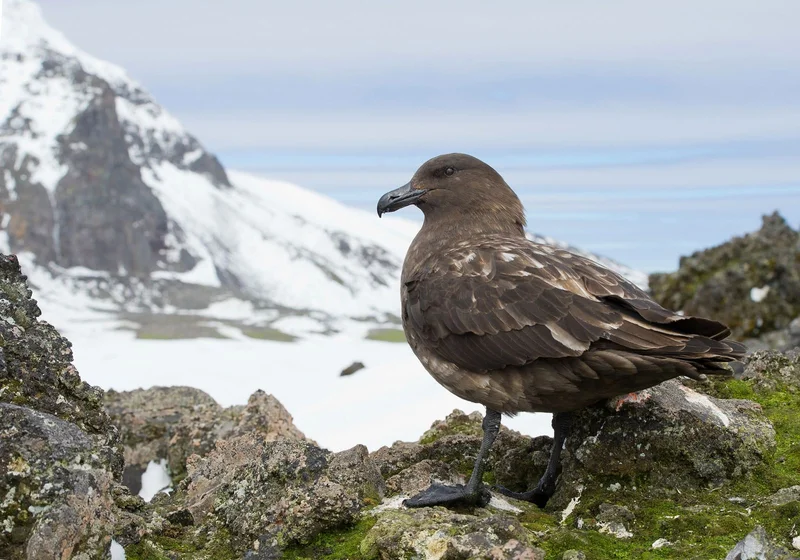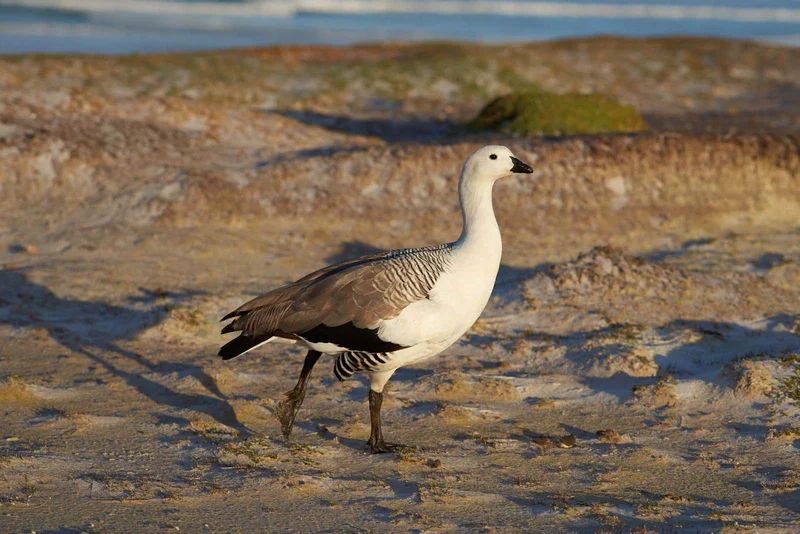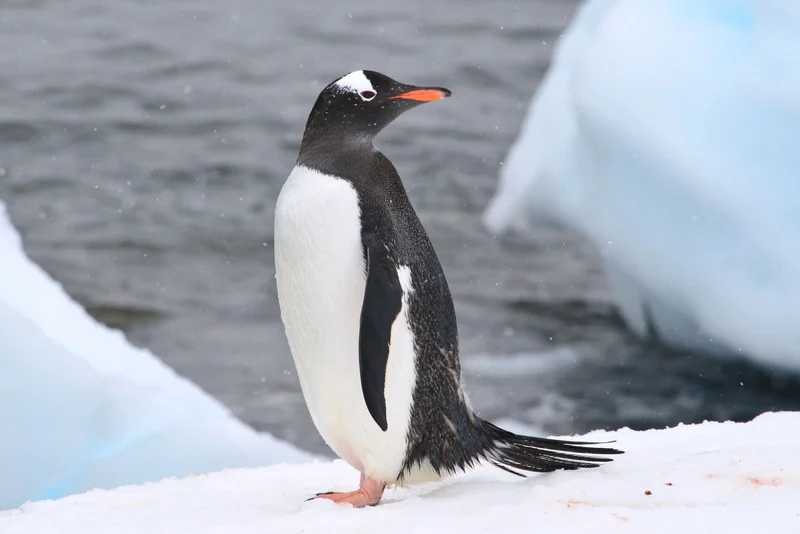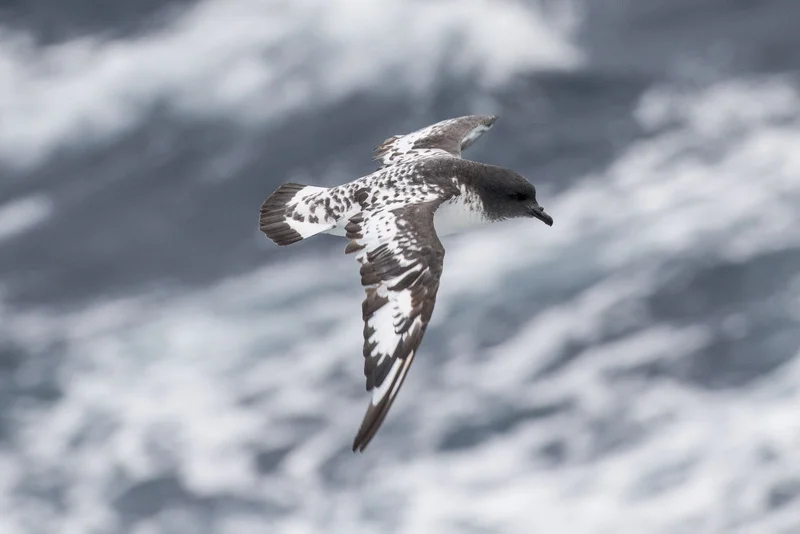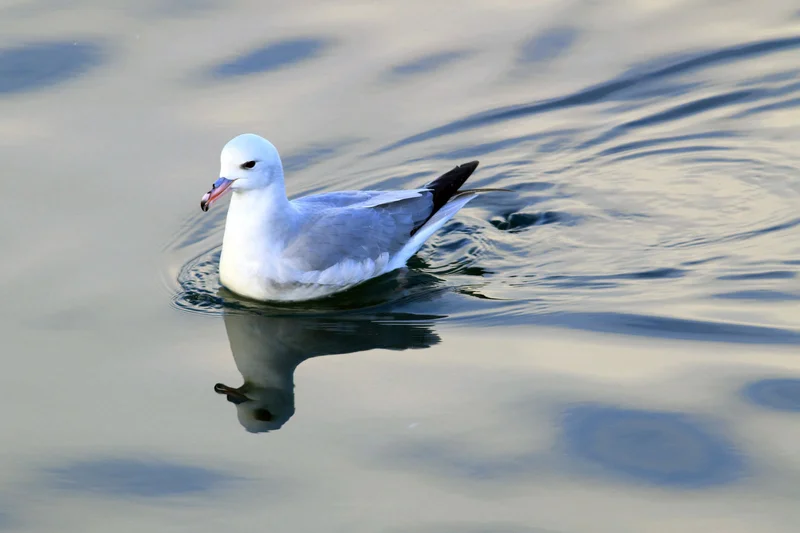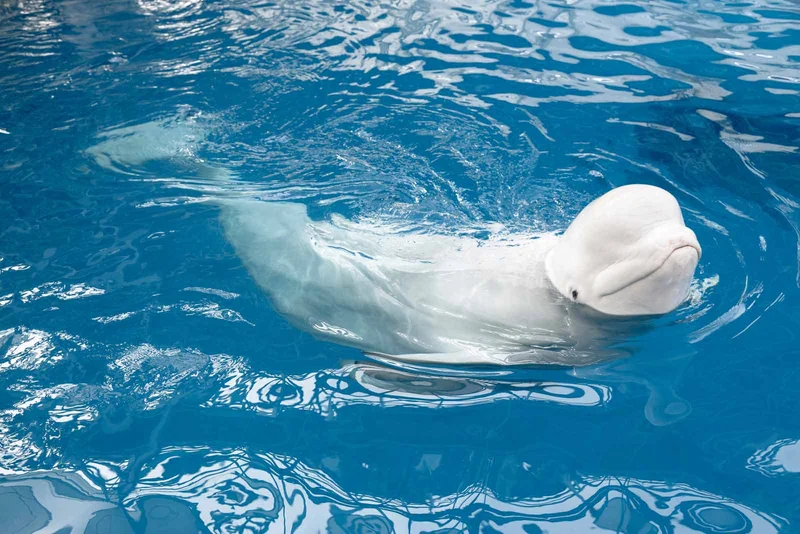Essential Caribou Information
Habitat and Distribution
Caribou, referred to as reindeer in Europe, inhabit Arctic and sub-Arctic regions in North America, Eurasia, and environments ranging from forests and mountains to tundra. There are more than 15 recognized sub-species of caribou, and their behavior varies by location. Some populations are migratory, while others remain sedentary.
In North America, certain caribou herds undertake some of the longest migrations of any land mammal, covering over 3,000 miles each year. By contrast, Siberian caribou herds can reach sizes of up to 1 million individuals. North American herds, however, face pressures that have reduced their populations to under 10,000 in some areas.
Physical Characteristics and Adaptations
Male caribou are larger than females, standing up to 1.5 meters (60 inches) at the shoulder and weighing around 180kg (400 lbs). The Svalbard reindeer, a smaller sub-species, is about half this size. Both male and female caribou grow antlers, although females keep theirs throughout the winter, a feature distinguishing them from males who shed their antlers.
Caribou have evolved several unique adaptations to endure extreme cold. One of the most impressive is their ability to conserve heat through a counter-current exchange system in their legs. By intertwining their arteries and veins, caribou cool the blood returning to their heart, reducing heat loss through their extremities.
Caribou are also incredibly fast and agile. Adults can run up to 50 mph, and even calves, just a day old, can sprint faster than an Olympic sprinter like Usain Bolt.
Importance to Indigenous Cultures
Caribou have been essential to Arctic indigenous peoples for centuries, providing meat, fur, and antlers for survival. In North America, caribou were traditionally hunted but not herded, whereas the European reindeer has been semi-domesticated for hundreds of years, particularly by the Sami people.
Conservation and Challenges
Caribou populations in North America are under significant pressure, but there are hopes for recovery in regions where they have disappeared. For example, Norwegian hunters wiped out caribou in northeast Greenland, but they are expected to return via a "wildlife corridor" across northern Greenland.
Interesting Facts
- Fast Runners: Even newborn calves can outrun a human sprint champion.
- Antler Retention: Female caribou keep their antlers throughout the winter, while males shed theirs after mating season.
- Historical Presence: Caribou were wiped out by hunters in northeast Greenland, but conservation efforts may see their return via a northern migration route.
